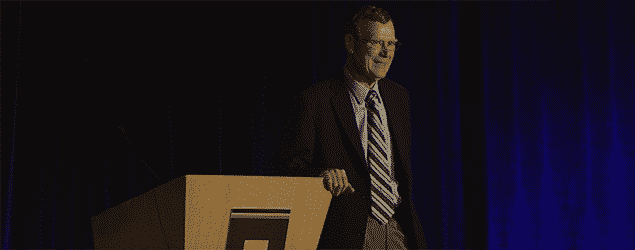Myths about American Health Care [Podcast Episode #13]
On this episode of Eye to Eye, I had the opportunity to interview Greg Scandlen, a leading proponent for greater freedom in the health care market. We discussed several myths about American health care, which are critical to bust because they shape people’s views about the proper course of action to fix our broken system.
One particularly interesting point that came out of the discussion was how the model for health care delivery might look a lot different today if the market were left free. Mr. Scandlen clarified that contrary to common belief, health care has been tightly controlled by government for decades. One result is the entrenchment of many business practices that may have made sense at one time but would likely fade away under a free market. For example, there is reason to think that if we had a free market in medical care, the traditional hospital — where all sorts of medical services are administered, from treatment for infectious disease to open-heart surgery — might be seen today as a relic from the past. Instead, treatment centers would likely be much more specialized.
Another topic Scandlen shed light on was how risk pooling in insurance works. I’ve
written previously about how, in order to make their distortive policies palatable, Obamacare’s proponents try to equate the law’s controls with traditional insurance. What proponents count on, in part, is people’s misunderstanding of how risk pools traditionally function.
Some of the other topics Mr. Scandlen discusses in the podcast include:
- The practice in health care almost everybody agrees is a fundamental problem, but, according to him, isn’t
- The impact of technology on health care costs
- How the government has entrenched inefficient means of financing medical care
Mr. Scandlen is a senior fellow at the Heartland Institute and founder and director of Consumers for Health Care Choices. He is a regular contributor to John C. Goodman’s health care policy blog (Dr. Goodman was a guest on Eye to Eye last year).
Image: Mark Carrel via Shutterstock.com



